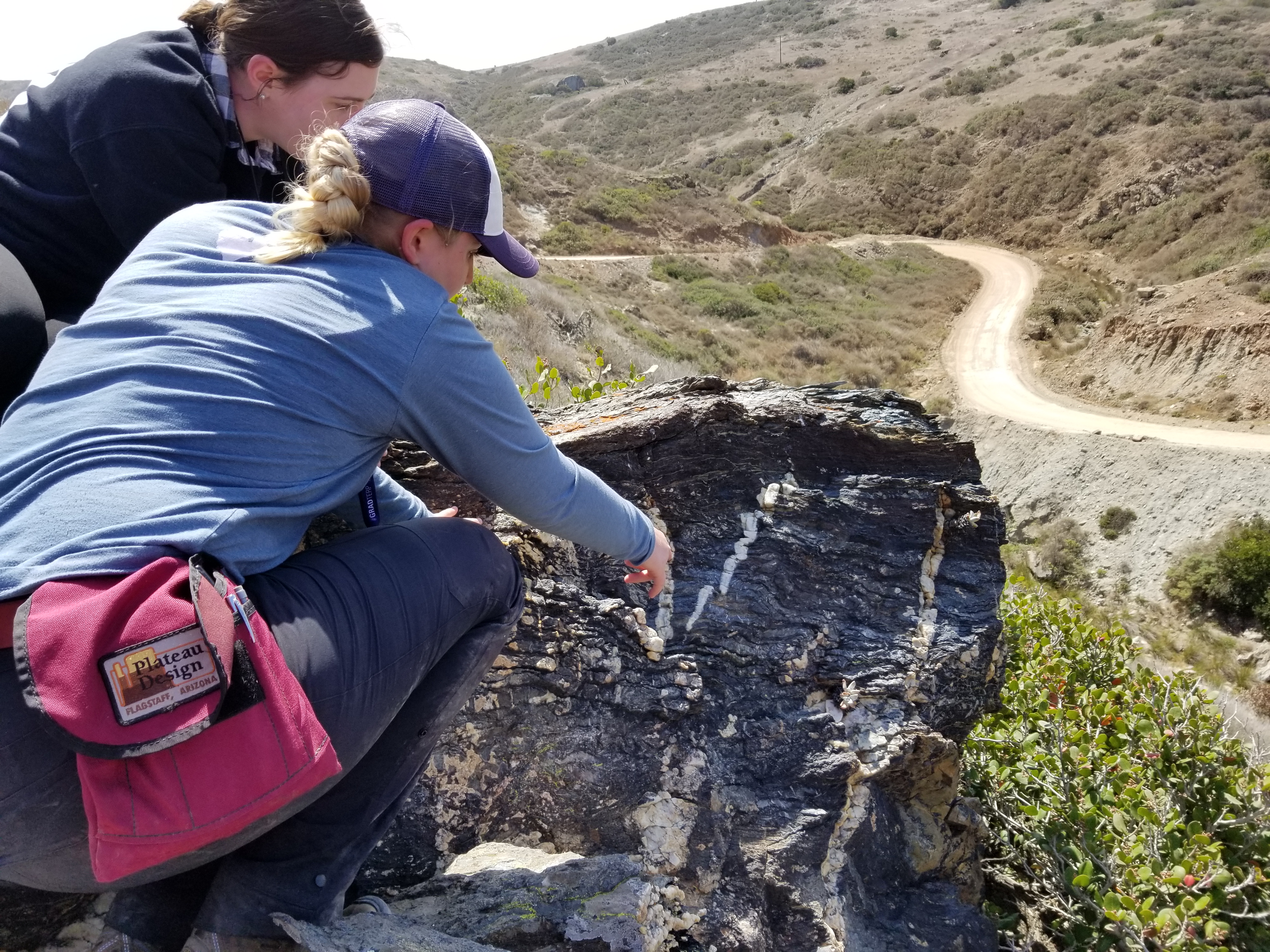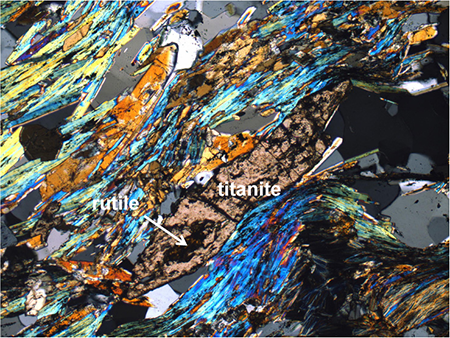Deciphering subduction dynamics of the Catalina Schist
 Subduction zones are the location of many important processes on Earth, including the generation of some of Earth's deadliest earthquakes and chains of volcanoes. At the interface between the subducting plate and the mantle significant heat transfer and physical and chemical exchange occur. To better understand how crustal and mantle materials move and interact within subduction zones, it is critically important to study rocks exhumed from this process. This research focuses on constraining how material moves within subduction zones by determining the temperature and pressure histories that these exhumed rocks experienced while in the subduction zone. This project exploits new developments in thermobarometry and geochronology to better understand subduction zone tectonics, using exposures of the Catalina Schist on Santa Catalina Island, California, as a type example. Our work will provide new, high-precision P-T-t constraints that critically test tectonic models with unprecedented geographic scope and precision. The proposed research addresses broad geodynamic questions, e.g. to what degree does flow in the subduction channel change temporally and affect subduction thermal evolution? In addition, we will continue to develop petrologic and chronologic tools that broadly advance petrogenetic research in other fields.
Subduction zones are the location of many important processes on Earth, including the generation of some of Earth's deadliest earthquakes and chains of volcanoes. At the interface between the subducting plate and the mantle significant heat transfer and physical and chemical exchange occur. To better understand how crustal and mantle materials move and interact within subduction zones, it is critically important to study rocks exhumed from this process. This research focuses on constraining how material moves within subduction zones by determining the temperature and pressure histories that these exhumed rocks experienced while in the subduction zone. This project exploits new developments in thermobarometry and geochronology to better understand subduction zone tectonics, using exposures of the Catalina Schist on Santa Catalina Island, California, as a type example. Our work will provide new, high-precision P-T-t constraints that critically test tectonic models with unprecedented geographic scope and precision. The proposed research addresses broad geodynamic questions, e.g. to what degree does flow in the subduction channel change temporally and affect subduction thermal evolution? In addition, we will continue to develop petrologic and chronologic tools that broadly advance petrogenetic research in other fields.

Former PhD student Kayleigh Harvey examining a Catalina blueschist with high school intern Eliza Poggi .

Amphibolite facies metasedimentary rock with rutile surrounded by titanite.
